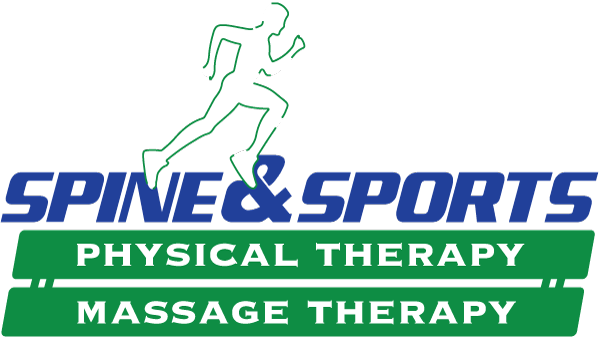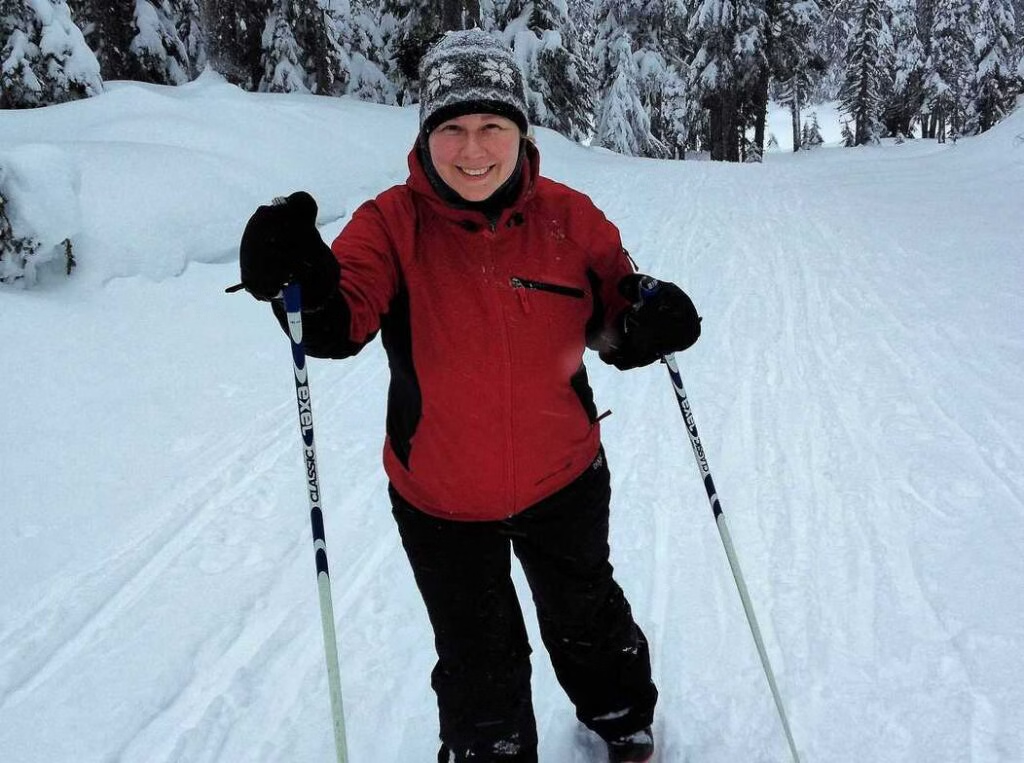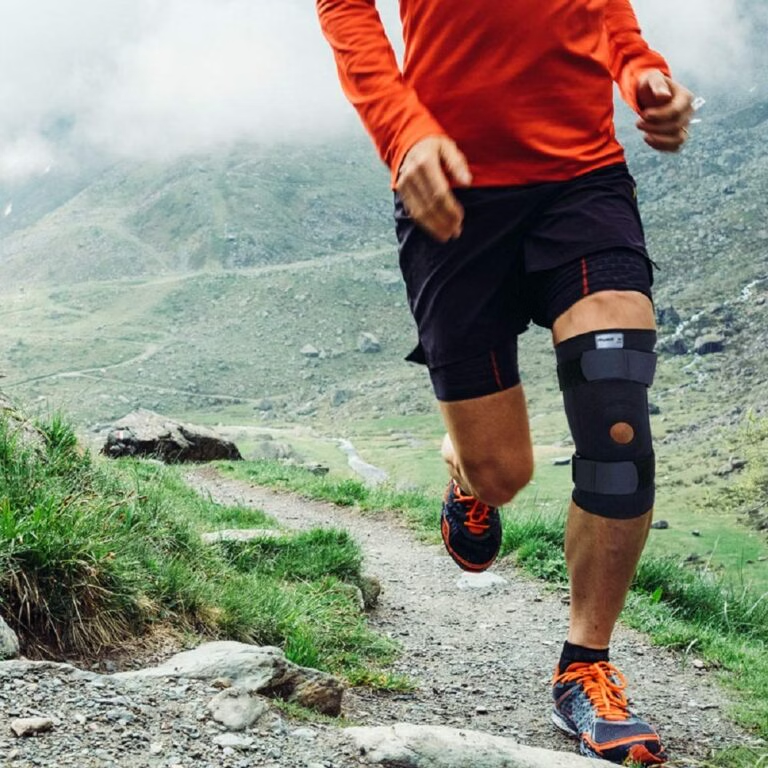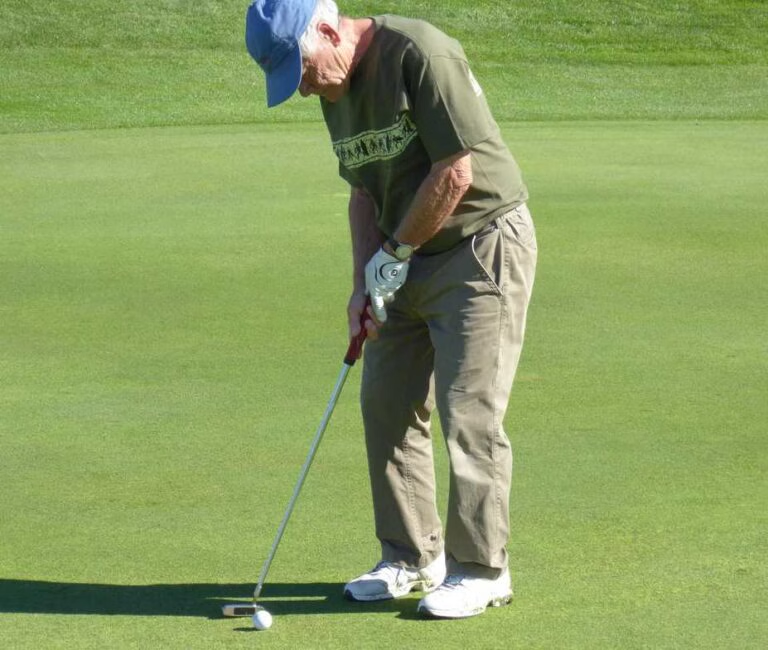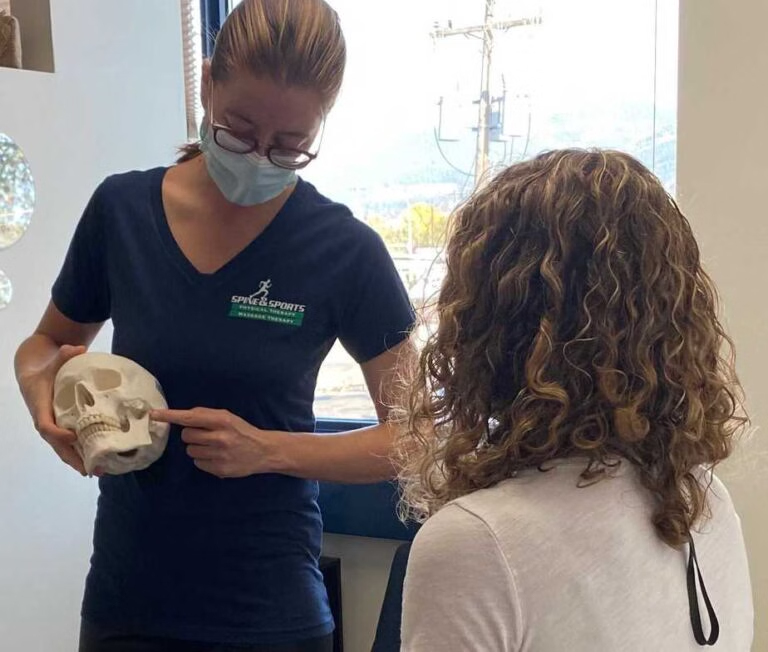Have the winter blues? Make friends with old man Winter, and snowshoe! It’s probably the easiest snow sport to learn. People of all ages and abilities can enjoy snowshoeing. How many sporting activities can boast that mom, dad, grandparents and kids can all get fit together? Some trails even allow Rover!
There is a common saying amongst those who love snowshoeing, “If you can walk….you can snowshoe.” Snowshoeing requires very little special skill, uses minimal equipment and is cheap. It has exploded in popularity, and has come a long way from the days where snowshoes were the same size as your car. Today’s snowshoes are made of sleek and light aluminum. Strong straps hold your foot onto the snowshoe. They are narrower in width than the traditional version so you don’t have to feel awkward and walk bowlegged. Cleats on the bottom grip hard pack snow. They are lightweight and easy to take on and off.
Our backyard of Sovereign Lake and Silver Star Mountain have trails for all levels.
Here are some healthy reasons to try this popular snow sport:
- fantastic aerobic exercise. Your heart and lungs get a great workout.
- low impact exercise. The snow is much more forgiving to our bones and muscles than concrete and asphalt.
- uses every major muscle group. Killer lower body workout. Snow adds natural resistance.
- use of poles helps condition arms and shoulders.
- core muscles challenged and strengthened as the soft snow surface is less stable. This provides the abdominal and hip muscles a great challenge.
- burns 45 per cent more calories than walking or running.
- great cross training sport for runners and cyclists.
- doing hill climbs while snowshoeing strengthens the hip flexors/extensors in a similar manner that they are used in cycling
- runners will have a greater strengthening of the quadriceps and hip flexors compared to when they just road run.
- good rehab recovery workout. The fact that there is less impact is excellent for recovering lower body injuries.
- superb for balance and agility training.
- good for the mind. Peaceful, quiet, serene.
A good snowshoe excursion covers aerobic fitness, strength, endurance and balance. But I think the best perk is the fresh air experience. In our fact-paced world a snowshoe amongst the snow and pine trees could calm anyone’s worries. Speaking of worries: injuries. The sport of snowshoeing itself is not prone to many injuries. When they do happen they fall into two categories: too much too soon or “Oops, I fell!” In the first injury category the hip flexors and the calf muscle groups are taxed a lot more than in normal walk/running. So if you overdo it with the snowshoeing you may suffer Achilles tendonitis or strain your hip flexors. Anytime you ask a muscle to do more than it usually does it lets you know. So pace yourself. In the second category of falls: the knee or low back can take the brunt of a spill. Both are related to the snowshoe. The knee can be strained when the moving foot catches the tail of the snowshoe that is planted. Down you go. The knee moved a way that it isn’t supposed to. Usually just a mild ligament strain is involved. Moving backward on snowshoes isn’t a good idea either. The tail can get caught in snow and you end up on your butt. The low back doesn’t like that. Luckily snow is forgiving, so the injury isn’t too serious.
Snowshoeing should trump all your excuses to avoid winter workouts. We have a winter wonderland just a short drive away. All you need is some warm clothes… and a desire to exercise!
